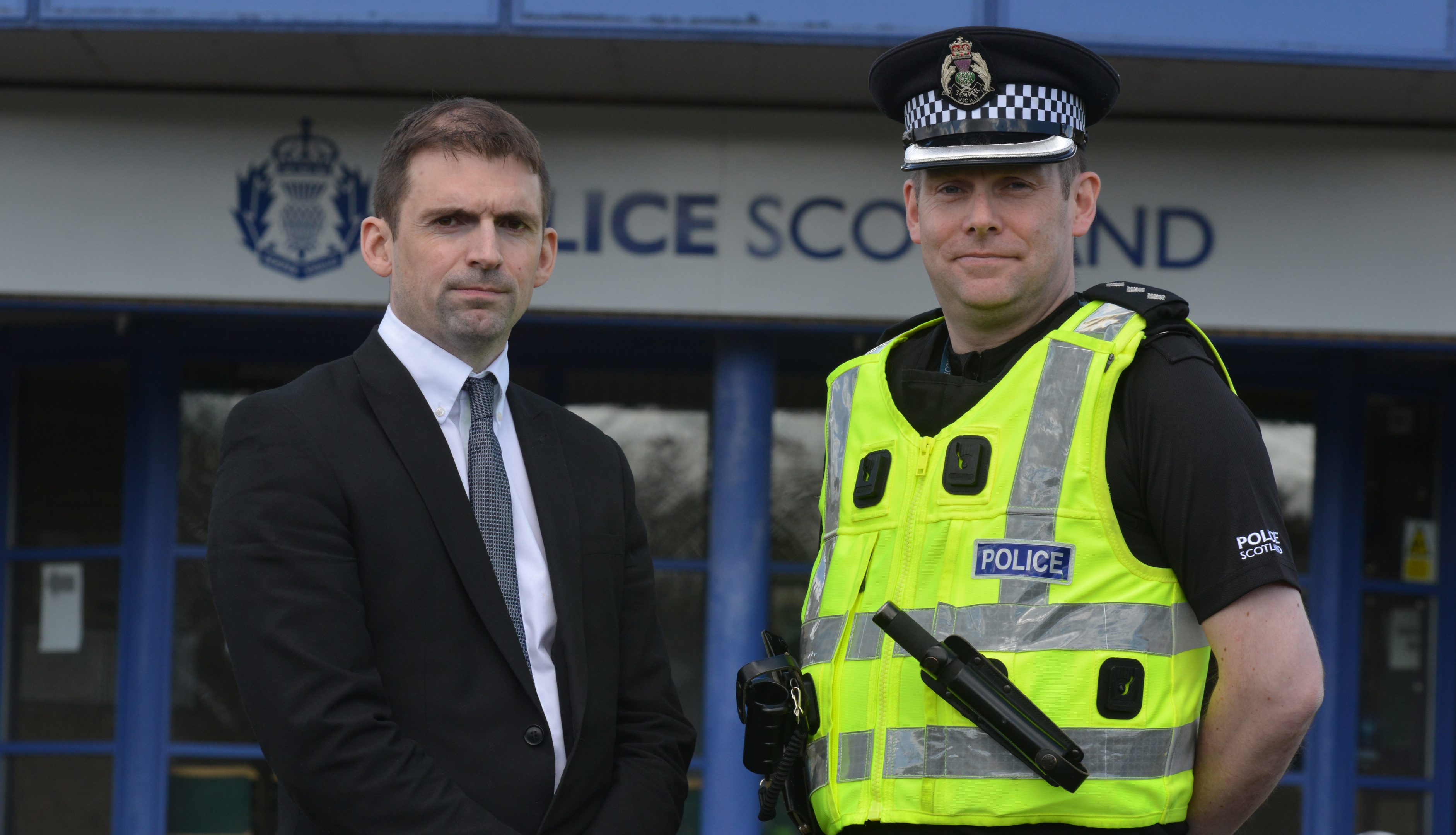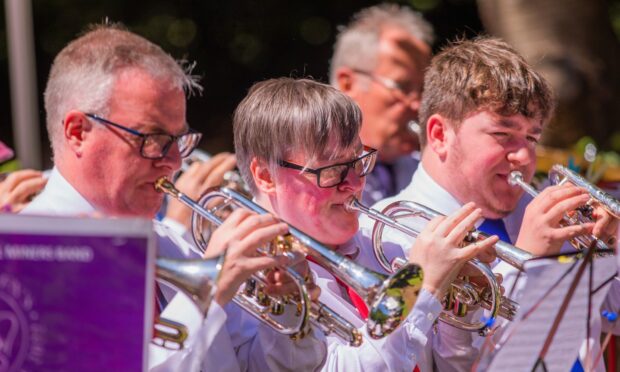Police who foiled an audacious bid to rob an upmarket jewellery store in Fife have warned organised crime bosses it shows that Scotland is not a “soft target”.
Officers on both sides of the border worked together to stop a seven-man gang from carrying out a smash and grab robbery at the Old Course Hotel in St Andrews last year.
The men — who were sentenced on Wednesday — had been poised to try and steal thousands of pounds worth of jewellery from the Mappin & Webb shop inside the hotel, and had armed themselves with weapons and two Italian scooters which would have been used to force their way in.
But the elaborate scheme, hatched by an organised crime syndicate based in London, was thwarted thanks to extensive surveillance and the actions of police who made their move around a mile away from the hotel on March 3 2015.
Detective Inspector Steven Sandilands, from Police Scotland’s Organised Crime and Counter Terrorism Unit, said the outcome underlined the police’s commitment to tackling serious organised crime.
“Within Scotland itself, had these individuals been successful there could have been a number of similar type robberies,” he warned.
“The impact that this would have had on the staff at Mappin & Webb, the staff at the Old Course Hotel, and the wider community in St Andrews, would have been horrific.
“This would have been a truly horrendous incident had they been successful.
“However, due to the robust police response and the bravery and the courage of the officers of the ground, and the commitment and professionalism in the inquiry that followed, we were able to bring this to a successful conclusion.”
Gang members had carried out reconnaissance of the St Andrews area on February 25, before six travelled from the London area in a silver BMW and a white Transit van on March 2 ahead of the planned heist the following day.
But the Metropolitan Police had already alerted Police Scotland to the possibility that a robbery was being planned in Scotland, and cops north of the border were well on their trail.
The scooters had just been been unloaded from the vehicle ready to be boarded when around a dozen armed officers and 20 plain clothed officers – assisted by a police helicopter – swooped on Wardlaw Gardens to intercept the gang on the afternoon of March 3.
McGinley and Slayford tried to make good their escape but they were detained in nearby university grounds.
Two sledgehammers, a meat cleaver, a machete, a knife and a hammer were also recovered by officers afterwards, and DI Sandilands stressed he was in no doubt the gang would not hesitate to use the tools at their disposal.
“I think the gang were maybe a victim of their own success down in London,” he continued.
“The level of policing and resources that are now thrown at these types of enquiries down there is significant, and I think they saw Scotland itself as a soft target because of the lack of this type of robbery occurring north of the border.
“But they are careless and reckless in the way they go about their business.
“They made a number of mistakes made both north and south of the border which afforded us opportunities to further our investigations and bring a successful conviction.”
Chief Inspector Adrian Annandale, the local area commander for north east Fife, noted that St Andrews is not accustomed to crimes of this nature.
“I think I’d much rather be sitting here talking about a successful conclusion of preventing the crime taking place than having to appeal for witnesses and reassure the community with the crime having taken place,” he admitted.
“The impact, had it occurred, on the community, the business community, on the tourism industry in St Andrews and the university there, would have been significant.
“So it was down to the good work and collaboration between ourselves in Police Scotland, locally in north east Fife but with our colleagues in the specialist crime division, and with the Met Police, that this was brought to a successful conclusion before any significant crime was committed.
“St Andrews may have been considered an easy target but through the collaboration and work between agencies this was prevented and shows that St Andrews isn’t an easy target.
“There are no easy targets because we will obviously endeavour to bring those that are intent on committing serious and organised crime to justice.”









